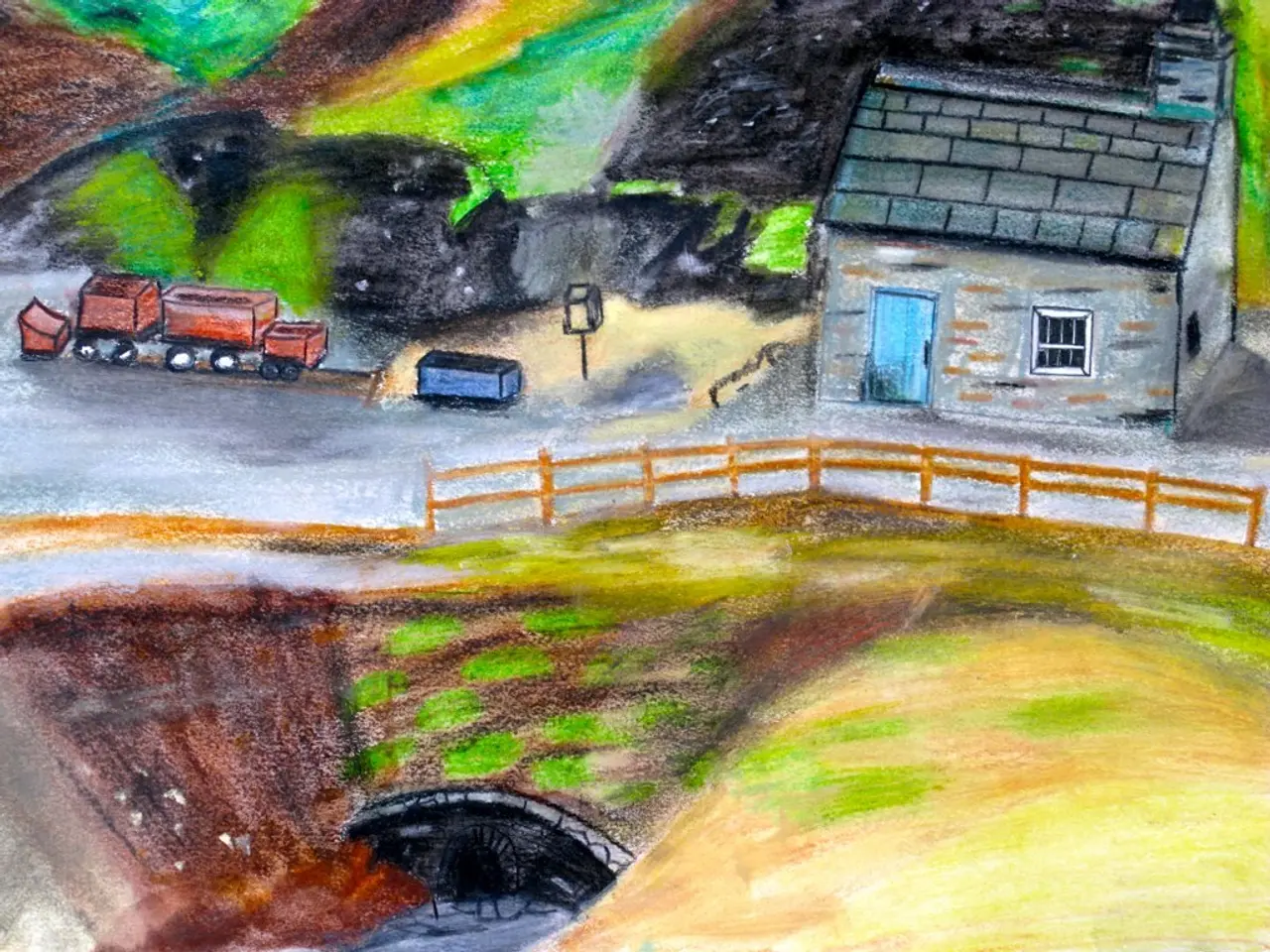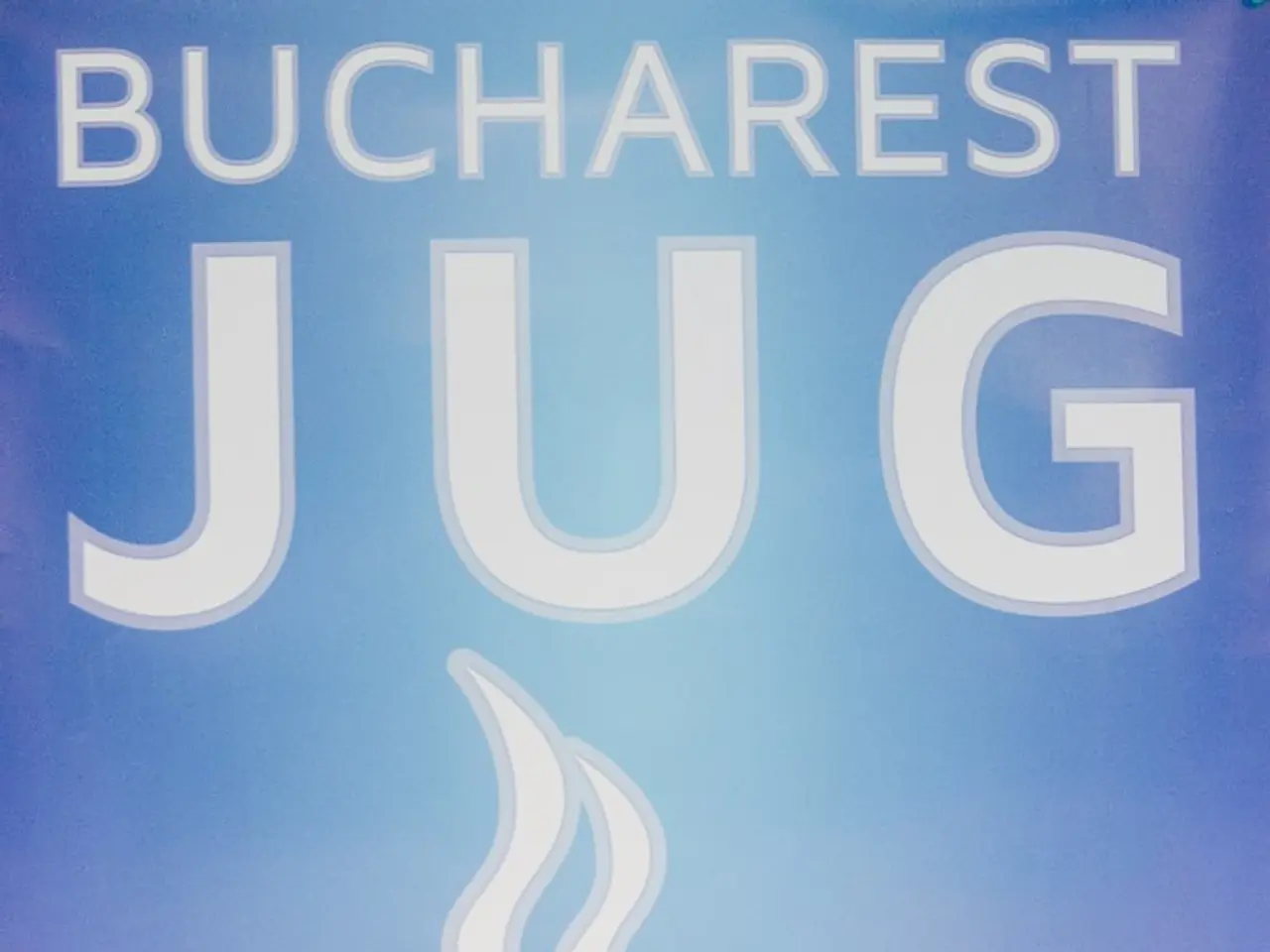Fewer apartments ready for occupancy in Thuringia by a fifth - Nearly twenty percent fewer homes in Thuringia available for move-in
Thuringia's housing market has experienced a shift in 2024, revealing a decrease in available residential units and home ownership. A total of 3,310 units found their way into the market, 813 fewer than the year prior, as per the State Statistical Office in Erfurt.
This decline of 19.7% suggests a slowdown in residential development. The construction of new units accounted for the majority of these, while renovations and extensions of existing buildings saw a noticeable increase, albeit from a lower base, climbing from 587 to 683 units.
The dream of homeownership in Thuringia takes a powdery nosedive, as the trend dropped by an alarming 26.2%. In 2024, approximately 1,000 new single-family homes were completed, 355 less than in the previous year.
Among the completed new residential units, a hefty majority, 54.6%, were developed under the watchful eye of private builders. Firms were responsible for 25%, leaving scant room for public builders such as municipalities, the federal government, and the state, who accounted for an infinitesimal 0.8%. However, it's worth noting that public builders accounted for 9% of the units in 2023, reflecting a significant decrease in public construction activity.
The Broader Picture
The context of Thuringia's housing market can't be overlooked in a vacuum. The housing sector across Germany is grappling with macroeconomic challenges, high interest rates, and borrowing costs that impede growth in homebuilding projects. Despite some tentative signs of recovery in the overall construction sector, the residential construction market remains cautious.
Public sector construction demand remains resilient due to federal and state-level infrastructure investments. However, these tends to support public works, instead of residential housing.
Thuringia mirrors the broader German trend, with demographic challenges like an aging population and urban migration patterns affecting housing demand and sharpening affordability concerns. Explicit data on Thuringia’s home ownership rates or new residential unit permits for 2024 is not readily available, though the overall trend in Germany points to a hesitant growth in residential building permits, tempered by economic uncertainties and financing conditions.
Eco-friendly Building Practices Taking Root
Green building practices and innovation are gaining traction in Germany, with an emphasis on low-carbon technologies and sustainable construction materials. Though specific to Frankfurt, this movement is indicative of a broader shift in German residential architecture and could trickle down to Thuringia's construction sector.
The Way Forward
Thuringia's residential market is treading carefully, with economic headwinds weighing on private housing construction demand. Stable macroeconomic conditions and a more favorable financing environment are crucial to ignite stronger growth in residential building permits, and promote a more sustainable, green-focused housing sector.
- The decrease in available residential units and home ownership in Thuringia's housing market might be due to the strict implementation of the community policy and employment policy, potentially deterring construction and investment in the housing-market and real-estate sector.
- In light of the slowdown in Thuringia's housing market, the state might want to consider implementing policies that encourage financing, such as reducing interest rates or providing incentives for investing in housing-market and real-estate projects, to stimulate growth in residential development and homeownership.




